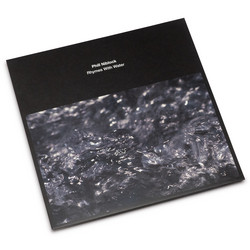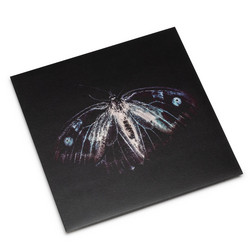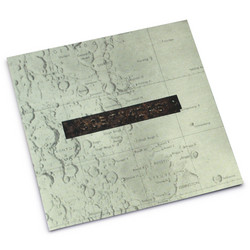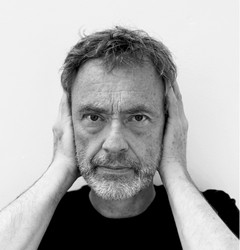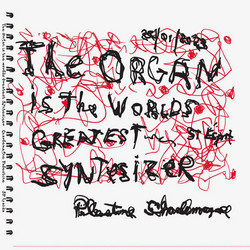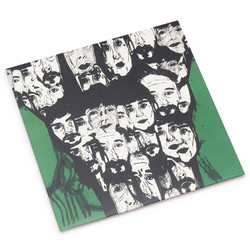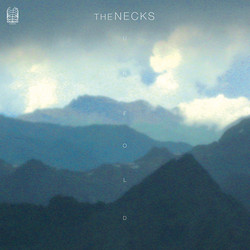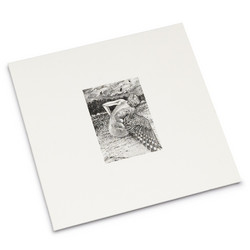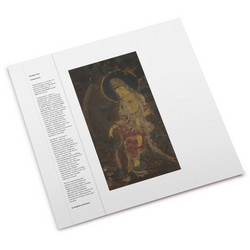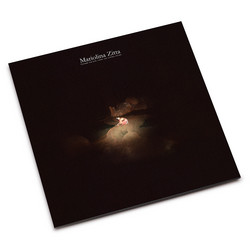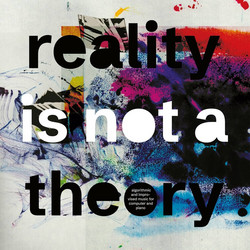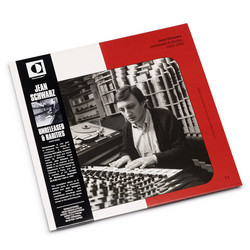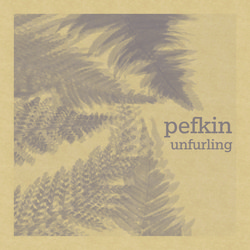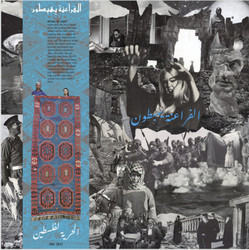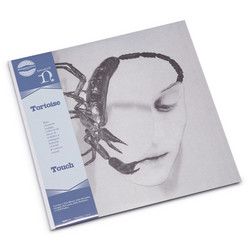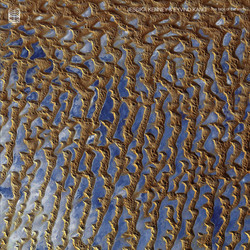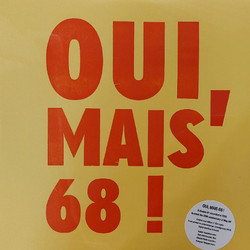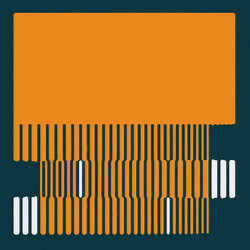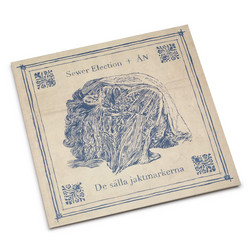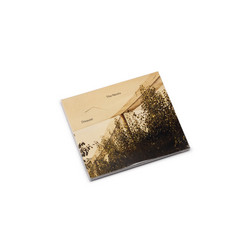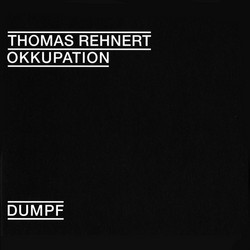First CD collaboration of these two artists. ‘Shapes’ refers perhaps to the sculptural aspect of their work, to its connections to the visual arts, or to the immediate, tactile processing of the records. But it also refers to the ‘outlines’, the idioms of the music from which they quote. ‘Signs’ refers to a process in which physical notes, produced live, enter into a dialogue with pre-produced notes; it also refers to the signals of musical interaction that the players give each other, and to ‘signal’-like motives that serve to delineate the structure of the music.
Martin Lorenz himself refers to the debate surrounding ‘aura’ and ‘preserved’ music when he informs us that he turns the ‘sound reproducing medium’ itself into an ‘actual object of sound production’. Lorenz prepares the records with a scalpel, sandpaper and adhesive tape, and often applies the needle roughly to the LPs. The place on the record that is played is furthermore varied constantly by moving the needle by hand. Lorenz thereby punctuates the overall sound with amorphous noises: there are shreds of music and clicks when the pickup is lowered onto the record, loud scratches when the pickup is pushed horizontally across the grooves, then hissing and crackling. Incisions in the LP allow him to produce loops, to which the noise of the needle, jumping back, marks an imaginary beat.
Teodora Stepancic plays with subtle control at the piano, making use of the many expressive possibilities that this highly developed instrument offers. Her expressive spectrum ranges from almost impressionistic passages to massive walls of sound and percussive noises inside the grand piano. She develops delicate aural nuances that shimmer through the loud noise of the electronics. The result is a fascinating music full of contrasts, with an ever-changing interplay between its different layers.

